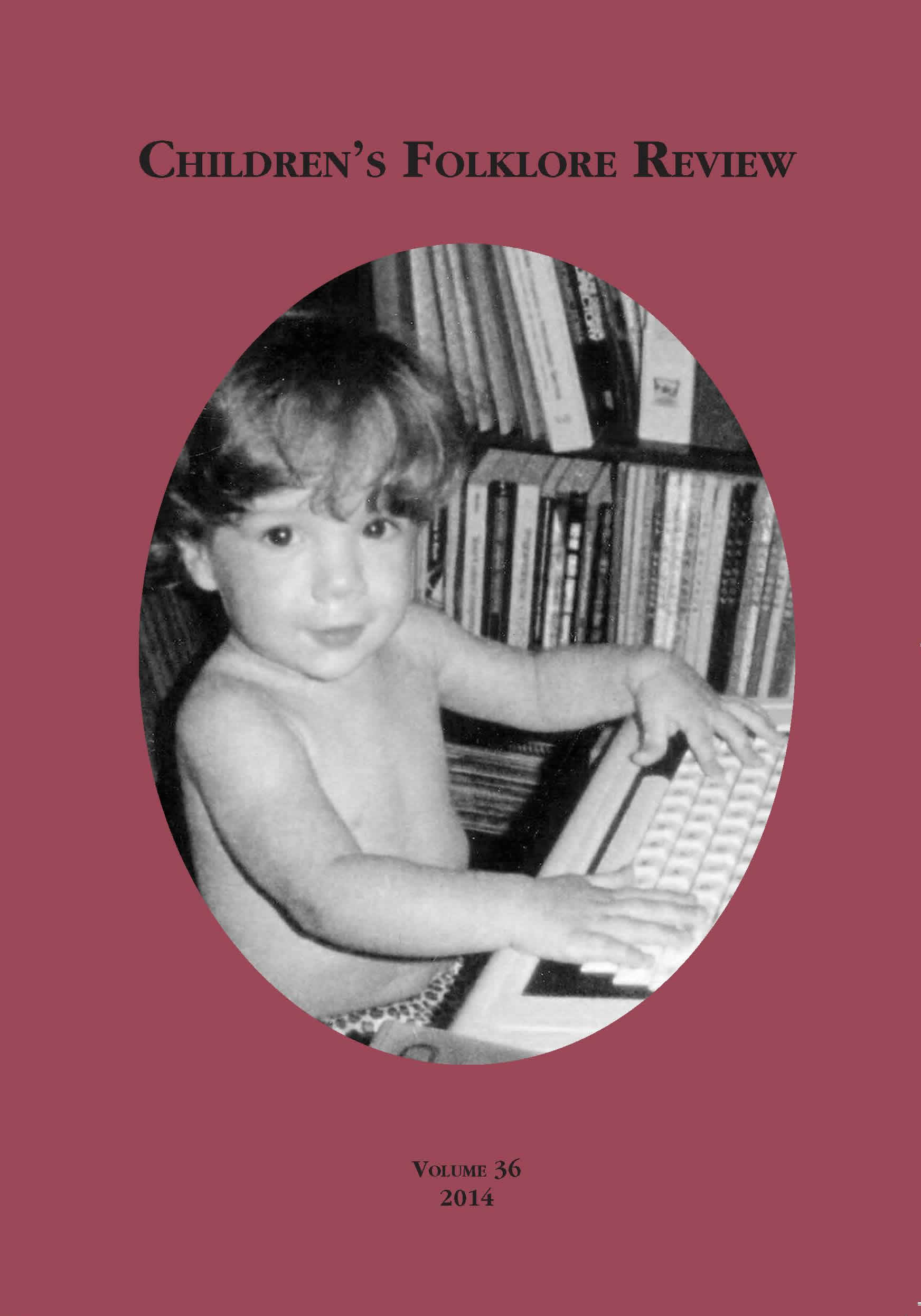“The Shooter has Asperger’s”: Autism, Belief, and “Wild Child” Narratives
Main Article Content
Abstract
Having reviewed hundreds of press reports on school shootings since 2000, I find a consistent pattern of narrative speculation about the association of autism and more specifically Asperger’s syndrome with individuals who commit mass violence in America. In reporting the “motivation” for shootings by teens and young adults, the press typically relies on oral narratives provided by classmates and family members, rather than medical documentation. Often these reports cite odd, unusual, or asocial behavior by the individuals, sometimes prompted by bullying or engagement in game or music participation, that lead to an unanticipated violent outburst, colloquially called a “meltdown,” “breakdown,” or “losing it.” The press reports reflect, or respond to, a more general belief found in the population concerning the shooter’s deteriorating mental state since childhood and the notion that he, and the shooter is assumed to be male, had gone undiagnosed or kept his diagnosis secret in mainstream society, commonly with the suggestion that he should have been institutionalized or separated from “normal” youth. Pathologizing or folklorizing the phenomenon, observers often mention an unrecognized or suppressed “epidemic” of autism or mental illness along with speculation about environmental as well as medical reasons bordering on the conspiratorial for the contemporary rise of retributional violence by youth. Without discounting scientific attempts to understand brain function in relation to youth violence, I frame the discourse among such observers in the context of folk psychology, a term that has come into usage outside of folkloristics, but can be applied to issues of social interaction as manifested in traditional cultural practices of children (Haselager 1997; Thomas 2001). The key concept suggested by folk psychology is that people as part of their localized cultural experience
perceive, predict, and explain one another’s actions, thoughts, and motivations, often in relation to inherited norms of social behavior expressed through narrative and ritual.
Downloads
Article Details

This work is licensed under a Creative Commons Attribution-NoDerivatives 4.0 International License.
Materials published in the Children's Folklore Review (CFR) remain the property of their authors. CFR encourages authors to honor the journal with exclusive rights to their work for the period of one year following its initial publication; however, authors may offer their work for reprint as they see fit. Submissions may be withdrawn at any point during the review process. Once the material has been published in CFR, however, it becomes part of the CFR record and cannot be removed.Likewise, CFR may emend the appearance of materials to maintain a consistency of design, but will make only make changes to the text when requested by the author. At the author’s request, and with the agreement of the editor, additions and amendments may be added as separate files to the table of contents.
Authors who publish with this journal agree to the following terms:
- Authors retain copyright and grant the journal right of first publication with the work simultaneously licensed under a Creative Commons Attribution Non-Derivative License that allows others to share the work with an acknowledgment of the work's authorship and initial publication in this journal.
- Authors are able to enter into separate, additional contractual arrangements for the non-exclusive distribution of the journal's published version of the work (e.g., post it to an institutional repository or publish it in a book), with an acknowledgment of its initial publication in this journal.
- Authors are permitted and encouraged to post their work online (e.g., in institutional repositories or on their website) prior to and during the submission process, as it can lead to productive exchanges, as well as earlier and greater citation of published work.
- While CFR adopts the above strategies in line with best practices common to the open access journal community, it urges authors to promote use of this journal (in lieu of subsequent duplicate publication of unaltered papers) and to acknowledge the unpaid investments made during the publication process by peer-reviewers, editors, copy editors, programmers, layout editors and others involved in supporting the work of the journal.
